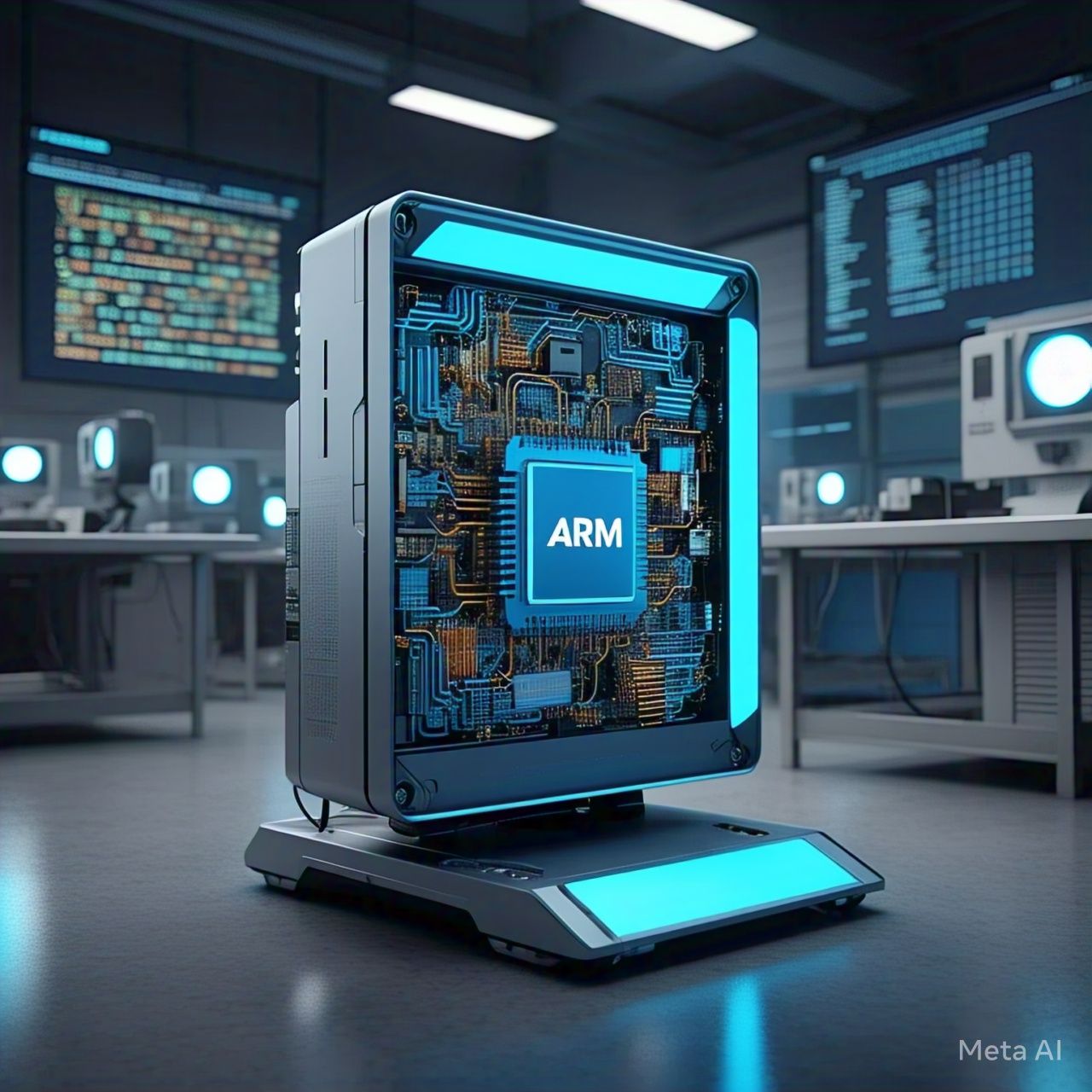Table of Contents
- Introduction
- Understanding Edge AI
- What is Edge AI?
- How Does Edge AI Work?
- Key Technologies Behind Edge AI
- Benefits of AI at the Edge
- Reduced Latency
- Enhanced Security and Privacy
- Cost Efficiency and Bandwidth Savings
- Real-time Processing
- Challenges of Edge AI
- Limited Computing Power
- Scalability and Deployment Complexities
- Security and Privacy Concerns
- Data Management and Storage Issues
- Use Cases of AI at the Edge
- Autonomous Vehicles
- Industrial IoT and Smart Manufacturing
- Healthcare and Wearable Devices
- Smart Cities and Surveillance
- Comparing Edge AI with Cloud AI
- Edge AI vs. Cloud AI: Key Differences
- Hybrid AI: Combining Edge and Cloud
- The Future of Edge AI
- AI-Optimized Hardware
- 5G and Edge Computing Integration
- Advancements in Federated Learning
- Conclusion
- FAQs
Introduction
The growing need for real-time data processing and intelligent decision-making has led to the rise of Edge AI—where artificial intelligence (AI) operates closer to data sources, reducing dependency on centralized cloud infrastructure. Edge AI enables faster, more efficient, and privacy-focused AI applications across industries.
Understanding Edge AI
What is Edge AI?
Edge AI refers to the deployment of artificial intelligence models on edge devices, enabling real-time data analysis without relying on remote cloud servers. This approach reduces latency and enhances security by keeping data processing closer to the source.
How Does Edge AI Work?
- AI models are deployed on edge devices such as sensors, IoT devices, and mobile hardware.
- Data is processed locally rather than being transmitted to a centralized cloud.
- AI-driven decisions occur in real-time, enabling faster responses and reducing bandwidth usage.
Key Technologies Behind Edge AI
- Machine Learning (ML) Models: Optimized AI models that can run on resource-constrained edge devices.
- Edge Computing Hardware: Specialized chips such as NVIDIA Jetson, Google Coral, and Intel Movidius for AI inference at the edge.
- 5G Networks: High-speed connectivity enabling seamless communication between edge devices.
- Federated Learning: A decentralized AI training approach that enhances data privacy.
Benefits of AI at the Edge
Reduced Latency
- Eliminates delays caused by sending data to cloud servers.
- Enables real-time decision-making in critical applications like autonomous vehicles.
Enhanced Security and Privacy
- Data is processed locally, reducing exposure to cyber threats.
- Complies with privacy regulations like GDPR by minimizing cloud dependency.
Cost Efficiency and Bandwidth Savings
- Reduces costs associated with cloud data storage and transmission.
- Optimizes bandwidth usage by processing only essential data at the cloud level.
Real-time Processing
- Enables instantaneous responses in applications such as surveillance, healthcare monitoring, and industrial automation.
Challenges of Edge AI
Limited Computing Power
- Edge devices have restricted processing capabilities compared to cloud servers.
- Requires efficient AI model optimization for real-time inference.
Scalability and Deployment Complexities
- Managing and updating AI models across multiple edge devices is challenging.
- Requires robust infrastructure for large-scale edge AI deployment.
Security and Privacy Concerns
- Edge devices are vulnerable to cyber threats and physical tampering.
- Implementing secure AI processing and data encryption is critical.
Data Management and Storage Issues
- Handling large volumes of local data requires efficient storage solutions.
- Data synchronization between edge and cloud needs careful planning.
Use Cases of AI at the Edge
| Use Case | Description |
|---|---|
| Autonomous Vehicles | Enables real-time object detection, navigation, and collision avoidance. |
| Industrial IoT and Smart Manufacturing | Enhances predictive maintenance and process automation. |
| Healthcare and Wearable Devices | Provides real-time health monitoring and diagnostics. |
| Smart Cities and Surveillance | Improves traffic management, security, and urban planning. |
Comparing Edge AI with Cloud AI
Edge AI vs. Cloud AI: Key Differences
| Feature | Edge AI | Cloud AI |
| Processing Location | On local devices | Centralized cloud servers |
| Latency | Ultra-low latency | Higher due to data transmission |
| Security | Enhanced privacy | Higher risk of data breaches |
| Computing Power | Limited resources | High-performance computing |
| Cost | Lower operational cost | Requires cloud infrastructure costs |
Hybrid AI: Combining Edge and Cloud
- Hybrid AI integrates both edge and cloud AI, leveraging the strengths of both models.
- Real-time processing occurs at the edge, while deeper insights and model training happen in the cloud.
The Future of Edge AI
AI-Optimized Hardware
- Edge-specific AI chips will continue to evolve, improving performance and efficiency.
- Companies like NVIDIA, Qualcomm, and Intel are advancing edge AI hardware solutions.
5G and Edge Computing Integration
- 5G networks will enhance the capabilities of edge AI by enabling faster, low-latency connectivity.
- Real-time AI applications in smart cities, healthcare, and industrial automation will benefit from 5G-enabled edge AI.
Advancements in Federated Learning
- Federated learning allows AI models to train across multiple edge devices without sharing raw data.
- This approach enhances privacy while improving model accuracy through decentralized training.
Conclusion
Edge AI is transforming industries by enabling real-time, intelligent decision-making closer to data sources. With benefits like reduced latency, improved security, and cost savings, Edge AI is poised to revolutionize IoT, autonomous systems, healthcare, and more. Despite challenges such as limited computing power and security risks, ongoing advancements in AI hardware, 5G, and federated learning will drive the future of Edge AI.
FAQs
1. What is Edge AI?
Edge AI refers to the deployment of artificial intelligence models on edge devices, enabling local data processing without relying on cloud servers.
2. How does Edge AI differ from Cloud AI?
Edge AI processes data locally on devices, reducing latency and enhancing privacy, while Cloud AI relies on centralized cloud servers for computation.
3. What are the key benefits of Edge AI?
Edge AI provides low-latency processing, enhanced security, cost efficiency, and real-time AI-driven decision-making.
4. What are the challenges of implementing Edge AI?
Challenges include limited computing power, security concerns, scalability, and data management complexities.
5. How does 5G impact Edge AI?
5G enhances Edge AI by enabling ultra-fast data transmission, reducing latency, and supporting large-scale edge computing deployments.




